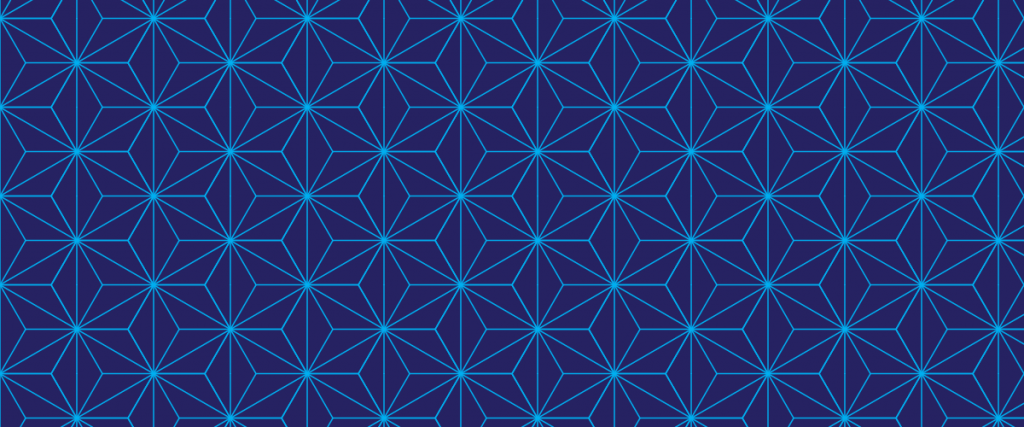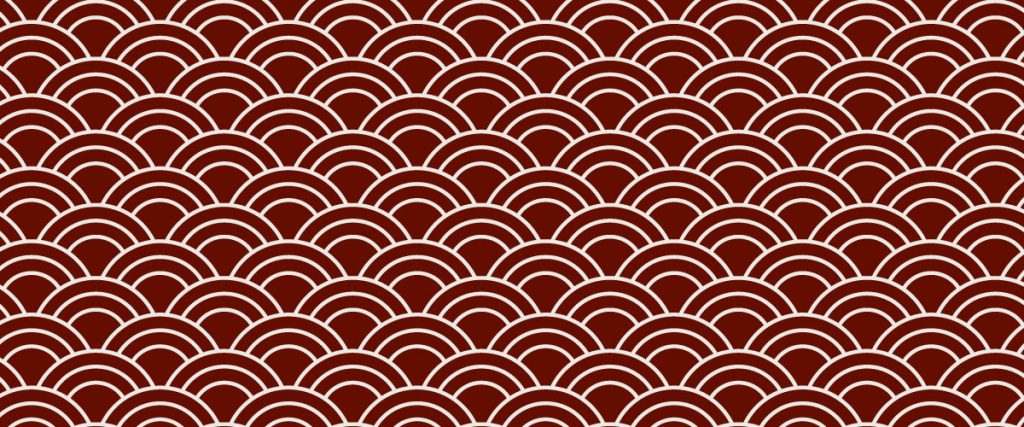Japanese Textiles

Shippo Pattern
Shippo This pattern consists of superimposed circles forming petals or stars, depending the way you look at it. The Shippo pattern represents the seven treasures of Buddhism (gold, silver, pearl, coral, crystal, agate and lapis lazuli). The Shippo pattern used to be highly popular in the Edo period, especially on women’s kimonos. It is said…

Asanoha Pattern
Hemp Leaf Pattern Asanoha literally means ‘hemp leaf’ and this pattern is a stylized interpretation of the plant. Traditionally, asanoha patterns have been put on babies’ clothes as a protector against evil. Since the hemp plant grows quickly, it was customary and common to use for children’s clothes, in the hopes that the child would…

Uroko Pattern
Scales The word Uroko means scales in Japanese. It may represent scales of dragons, snakes or even fish. It is used as a protective charm, and ward off evil. However, it is also seen in theater on villains as the scales of a snake. The Uroko pattern is composed of either a succession of triangles…

Seigaiha Pattern
Wave Pattern Seigaiha literally means “blue wave of the sea”. The double circle patterns resembling ocean waves is not only found on fabrics but on packaging and pottery. This pattern has been used as a clothing motif in Japan for more than a thousand years. It is considered a symbol of peace, good luck, and good…
